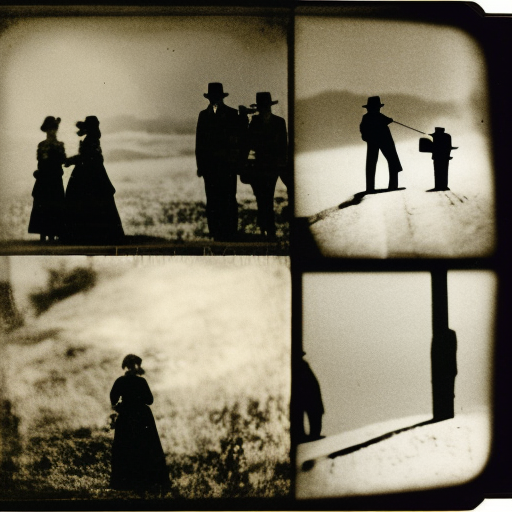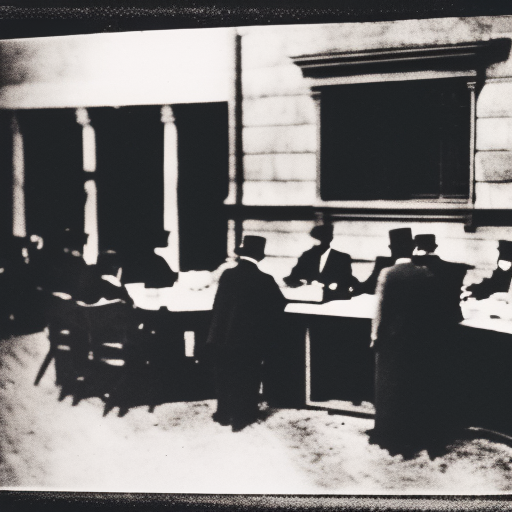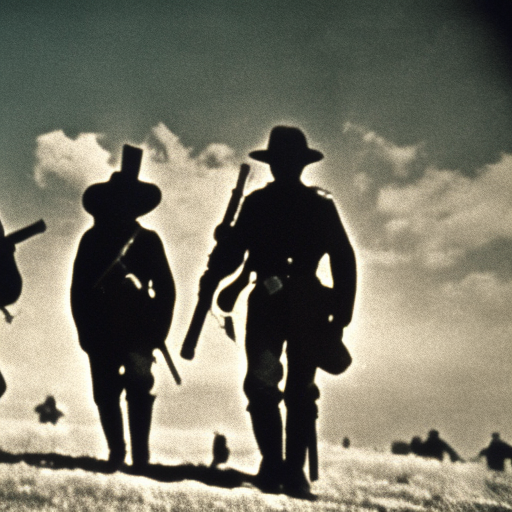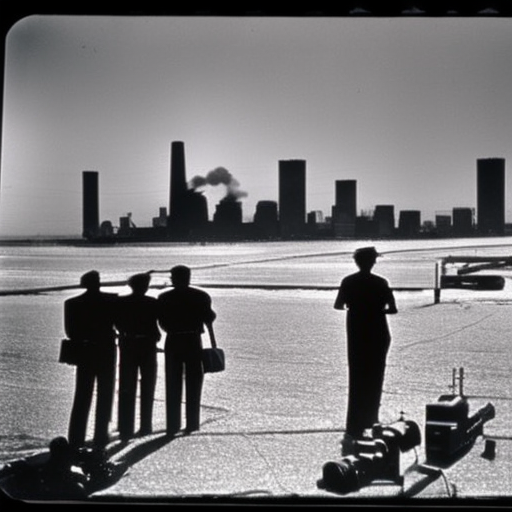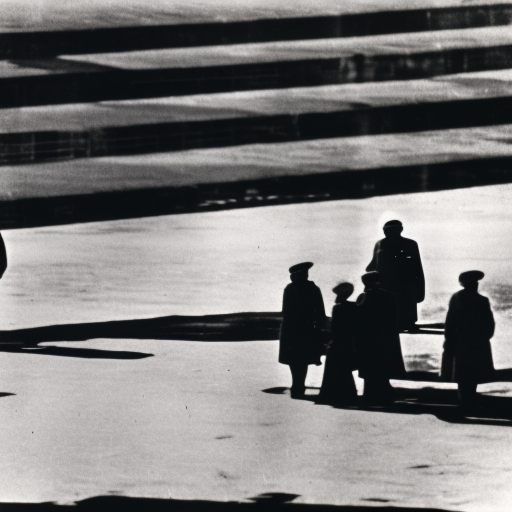The Battle of Antietam was a significant Civil War battle that took place in 1862, resulting in the bloodiest single day in American history.
The Gilded Age Explained
The Gilded Age refers to the period of rapid economic growth and wealth accumulation in the United States during the late 19th century, characterized by stark social inequality and political corruption.
The Teller Amendment (1898) Explained
The Teller Amendment (1898) was a legislative measure that declared the United States would not annex Cuba after the Spanish-American War.
The Rough Riders Explained
The Rough Riders were a volunteer cavalry unit led by Theodore Roosevelt during the Spanish-American War.
The Iran-Contra Affair (1980s) Explained
The Iran-Contra Affair was a political scandal in the 1980s involving secret arms sales to Iran and the diversion of funds to support Contra rebels in Nicaragua.
The Platt Amendment (1901) Explained
The Platt Amendment was a provision that granted the United States control over Cuba’s foreign affairs and territory after the Spanish-American War.
The SALT Treaties Explained
The SALT Treaties were a series of agreements between the United States and the Soviet Union aimed at limiting the proliferation of nuclear weapons.
The Brinkmanship during Cold War Explained
The Brinkmanship during Cold War was a strategy of pushing the limits of conflict without engaging in direct military action, used by the United States and Soviet Union to maintain a balance of power.
The New Deal (1933-1939) Explained
The New Deal was a series of economic programs and reforms implemented by President Franklin D. Roosevelt to combat the Great Depression and promote recovery in the United States.
The Muckrakers Explained
The Muckrakers were investigative journalists who exposed corruption and social injustices in the late 19th and early 20th centuries.
The Triangle Shirtwaist Factory Fire (1911) Explained
The Triangle Shirtwaist Factory Fire was a tragic industrial disaster in 1911 that resulted in the deaths of 146 garment workers and led to significant labor reforms.
The Seneca Falls Convention (1848) Explained
The Seneca Falls Convention in 1848 was a pivotal event in the women’s suffrage movement, advocating for women’s rights and laying the foundation for future activism.










